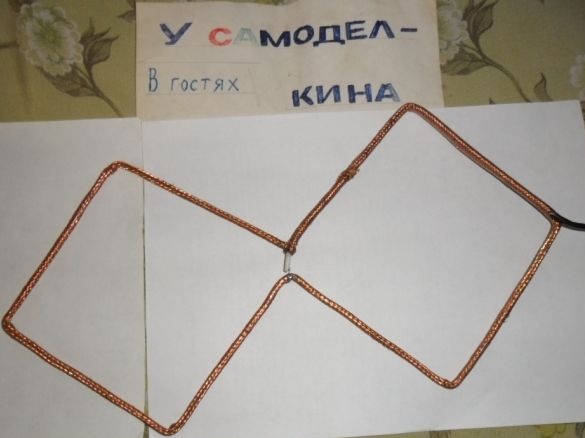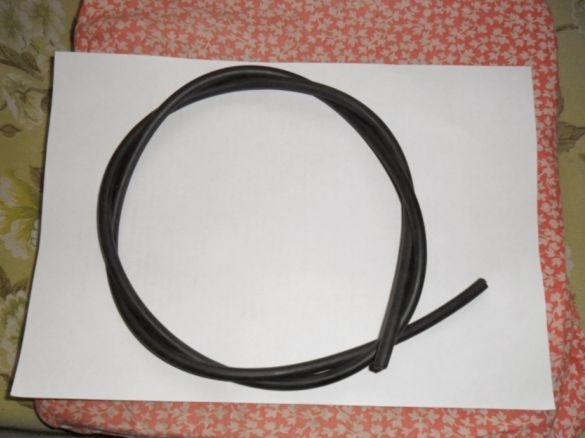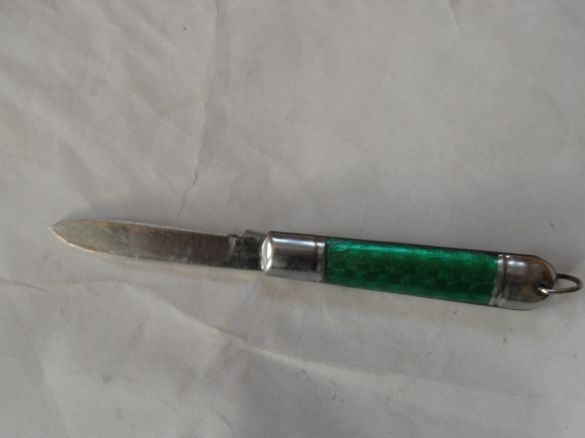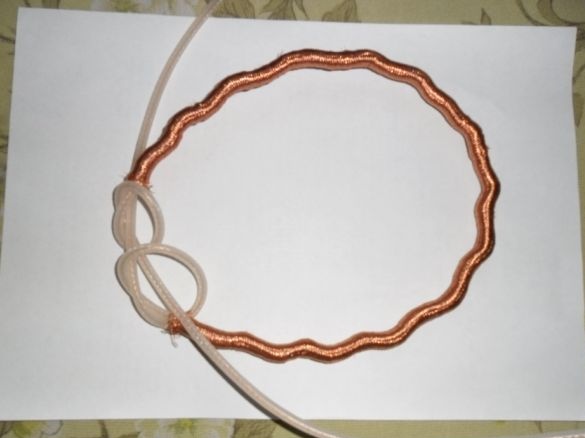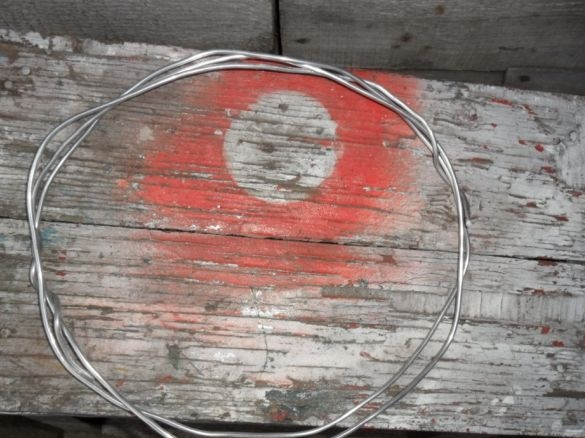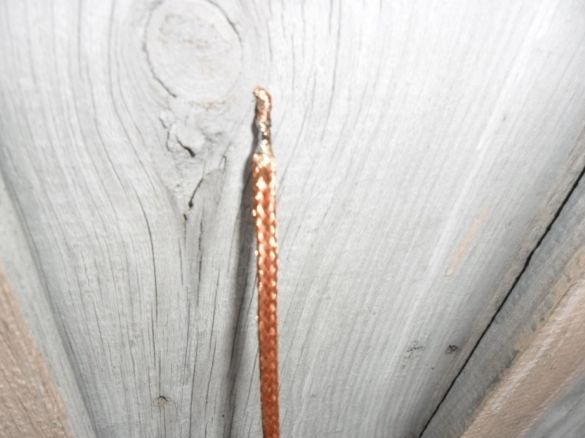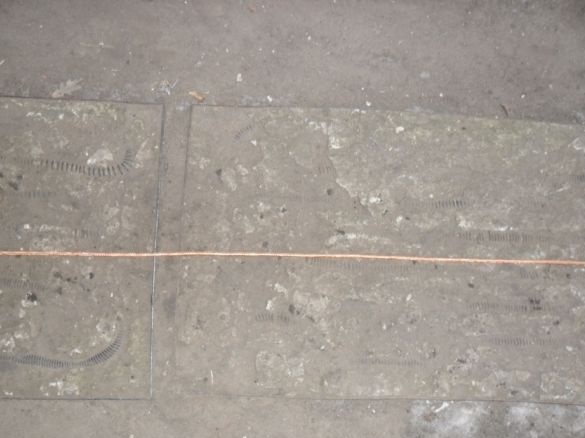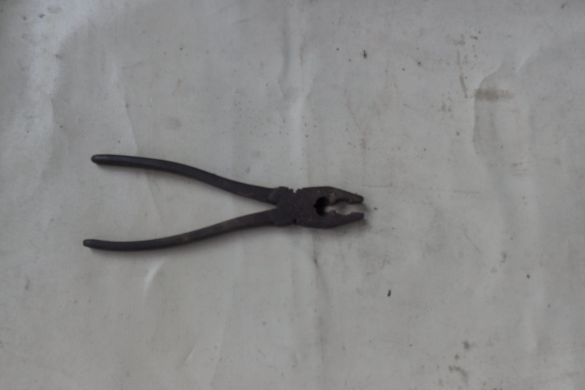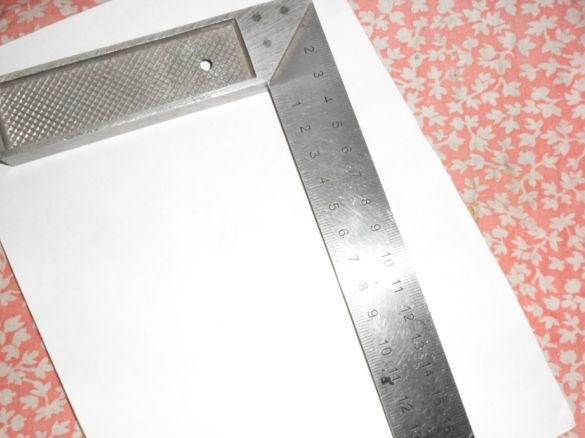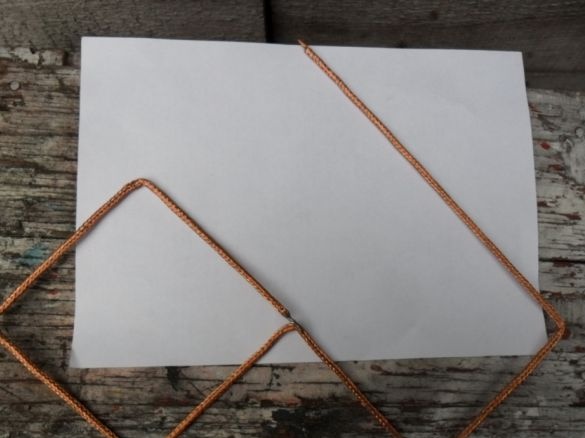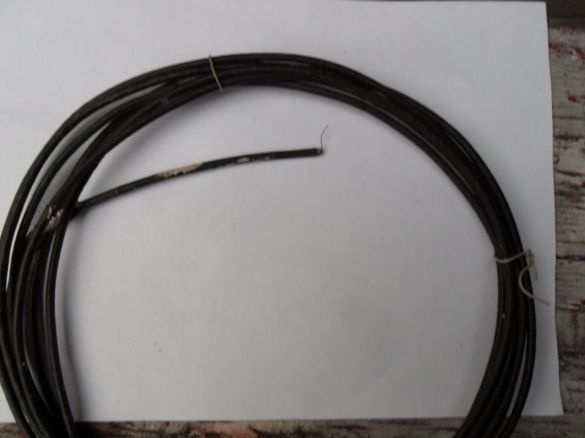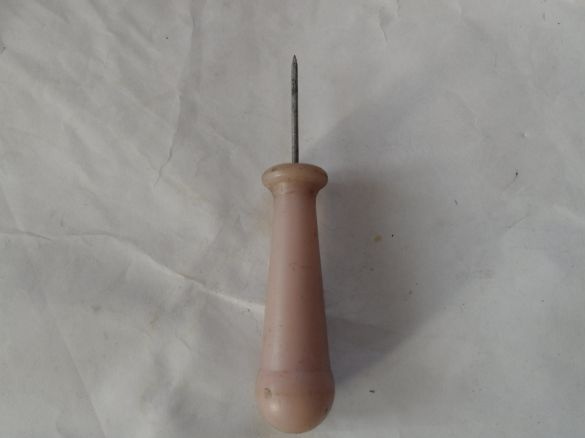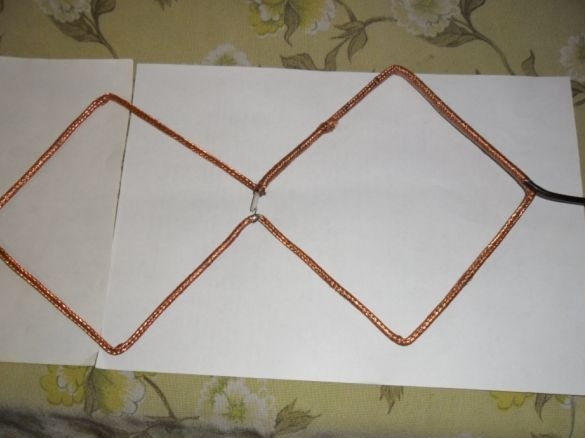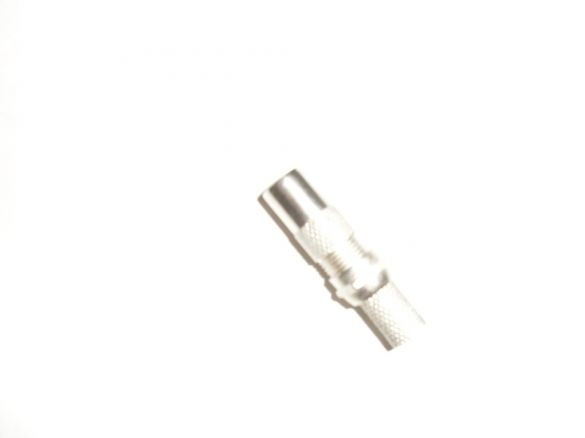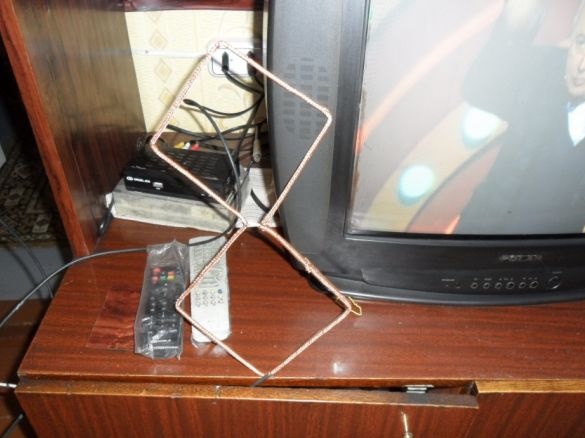In the distant seventies to make an antenna for a television receiver do it yourself It was a very prestigious affair and pointed to the high level of the master, in our age, stuffed with all kinds of electronics, the age of interest in “self-made” antennas does not subside and many craftsmen make TV antennas themselves. Manufacturers of both industrial equipment and various entrepreneurs have adapted to the changing conditions for receiving television signals by simply connecting modern electronic filling to the standard antenna designs, ignoring the fact that the main thing in the normal operation of any antenna is and will be its interaction and coordination with the receiving signal. What has a zigzag antenna, proposed back in 1961 by engineer Kharchenko.
My house is five kilometers from the transmitting repeater, an outdoor TV antenna requires major repairs and reconstruction, but it’s very difficult for a 67-year-old disabled person to get to the ridge from the old slate roof. I have known the “eight” for a long time and not by hearsay, that's why its room option was chosen until better times. To know the channels on which the multiplexes of my repeater work, I visited the resource, inserted it into the data of my channels and got a sketch with the dimensions of a digital individual antenna.

An excellent material for the antenna is copper, for lack of which I went to the trick. There was a meter piece of an old television cable,
with which with a knife
carefully removed the top shell
assembled a copper screen braid into an accordion
and freed from the central core with its sheath. Instead, I stuck an aluminum wire with a diameter of 3 mm of the size I needed,
one end of the braid disappeared
and tightly pulled on an aluminum wire - it turned out a copper bar with a diameter of a little more than 4 mm.
With the pliers,
and square
arched two squares in the form of a figure eight, but he did not bend the last corner yet.
I have preserved a thin TV cable about three meters,
decided to use it to connect the antenna to the TV. At the last sides of the square, I again gathered the braid into an accordion, in the lower corner of the antenna with an awl
made a hole and extended the tip of the cable inside the braid so that it was with the aluminum wire, but two centimeters longer. I removed the upper sheath from the cable by two centimeters, pulled the braid over the aluminum wire along with the cable, twisted the end of the braid with the cable screen and soldered it.
He bent the last corner, tinned the ends of the antenna shortened to 5 millimeters and soldered together. The central wire was soldered to the opposite inner corner of the eight, maintaining a distance of 10 millimeters. The antenna, perfectly matched to the cable, is ready,
a digital antenna can be used in this state; solder the plug at the other end of the cable
to connect to a TV and connect the device to a digital TV set-top box. I suspend our antenna in a convenient place, directing it to the TV tower and tune in so far 10 working channels.


